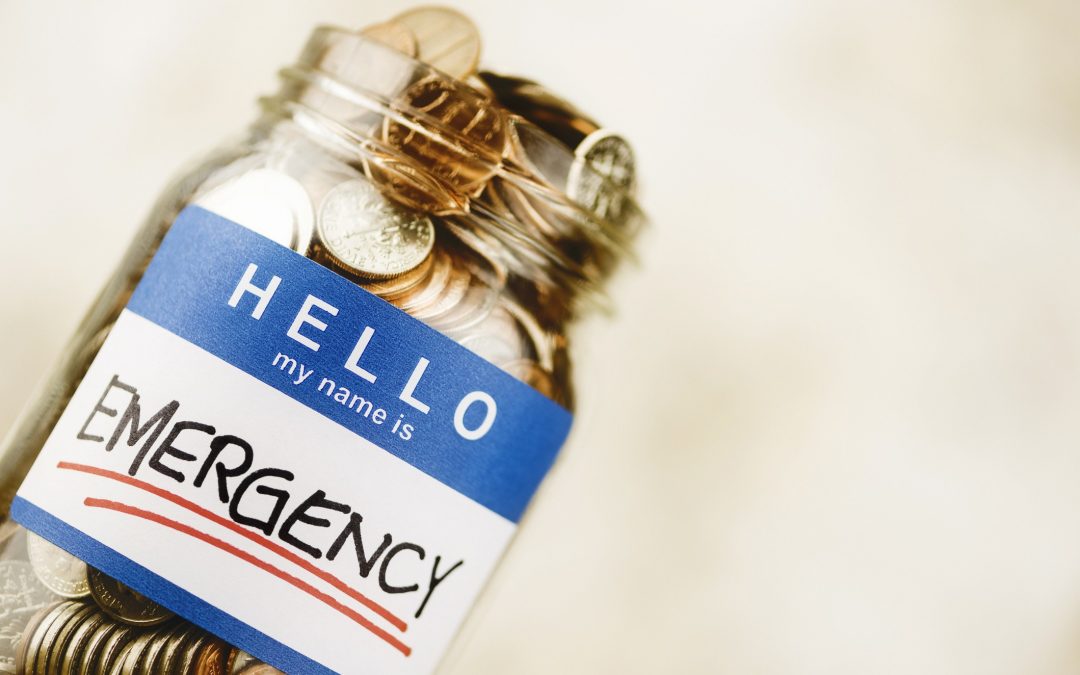Maggie Germano used her knowledge of ways to build an emergency fund right away when she and her soon-to-be husband began living together.
Germano, a Washington, D.C.-based financial coach for women, put her fiance’s half of the rent money directly into her savings account instead of absorbing the income. “I was already used to paying the whole rent payment myself, so I kept the same budget and stashed his half away,” she says.
Germano counsels numerous clients on personal finance. Inevitably, they talk about emergency funds, or saving for big foreseeable purchases. She’s seen firsthand how financial emergencies can derail budgets.
So has Aaron Morrow. He’s a wealth specialist manager at LJI Wealth Management in Indianapolis. He’s worked in personal finance since the Great Recession, after he started his career in banking and investments.
Both suggest several ways to build an emergency fund to their clients. Some are common. Others aren’t.
A must: Automate savings
“Set up direct deposit from your paycheck, so that you’re automatically saving money every single month,” Germano says.
Morrow agrees, adding that the savings should go to a different financial institution than your primary bank. “Every time you get paid, there’s a percentage or a dollar amount into your savings,” he says. “Most people aren’t disciplined enough to do that on their own.”
Germano also suggests placing that money in a high-yield savings account, rather than a traditional checking account. “Open a savings account with an online bank like Ally or Synchrony, and you can get up to 5 times the typical interest rate,” she says in a recent blog post. “Before switching to Ally, I only earned 20 cents a month in interest, and now it’s more like $15.”
Want more ideas? Get creative.
Here are 5 more inventive ways to save for an emergency fund and improve your personal finance life:
1. There’s an app for that.
Morrow said apps like Acorns enable users to deposit change from small purchases into an account that grows over time. “There are rewards programs out there for spending you’re probably going to do anyway,” Morrow says. “These are small dollar amounts, but they add up pretty quick. It links to your debit card, and they’re just throwing some extra change in with each transaction.”
2.Get a second job.
This money could easily fill an emergency fund while using your primary job for everyday expenses. “I’ve had clients who took on a side job and had all that income go directly into their emergency fund,” Germano says.
3.Unexpected windfalls.
Tax refunds, bonuses, monetary birthday gifts or other similar one-time payments can go directly into an emergency fund.
4.Cashback rebates.
“I have a client who would get rebates on spending,” Morrow says. “They would get these monthly checks and drop them right back into a savings account. It would add up really fast.”
5.Sell your stuff.
“Pick something that’s been sitting in your house that you don’t use or need and sell it,” Morrow says. “Start an emergency fund with that. When you’re starting a fund, don’t stress about it. It’s easy. Start small, and just get started.”
The bottom line
Financial emergencies happen all the time. If you have to dip into your emergency fund, be sure to replenish it before another calamity strikes.
“We try to counsel folks to look at it like a loan to yourself,” Morrow says. “When you have a loan, you’ve gotta pay it back. That’s your first payment. It’s different if you’re only taking out $300 and you still have $5,000 in there. If you are taking most of it out (of the emergency fund), you’ve got to focus on paying it back.”




